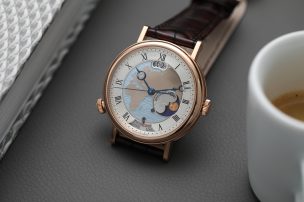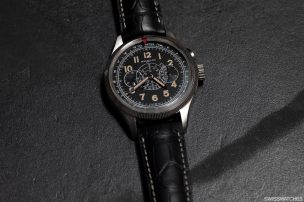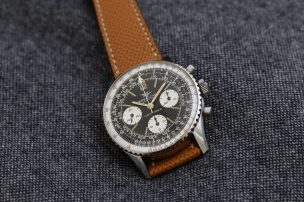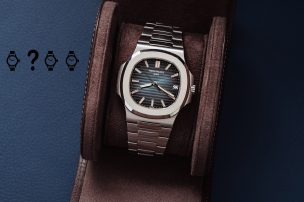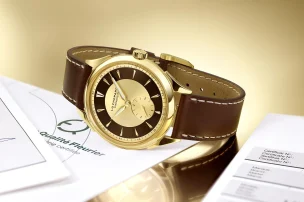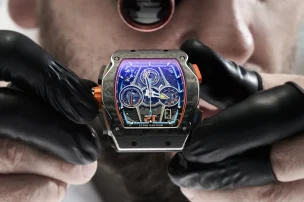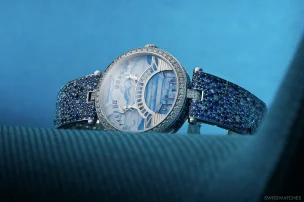
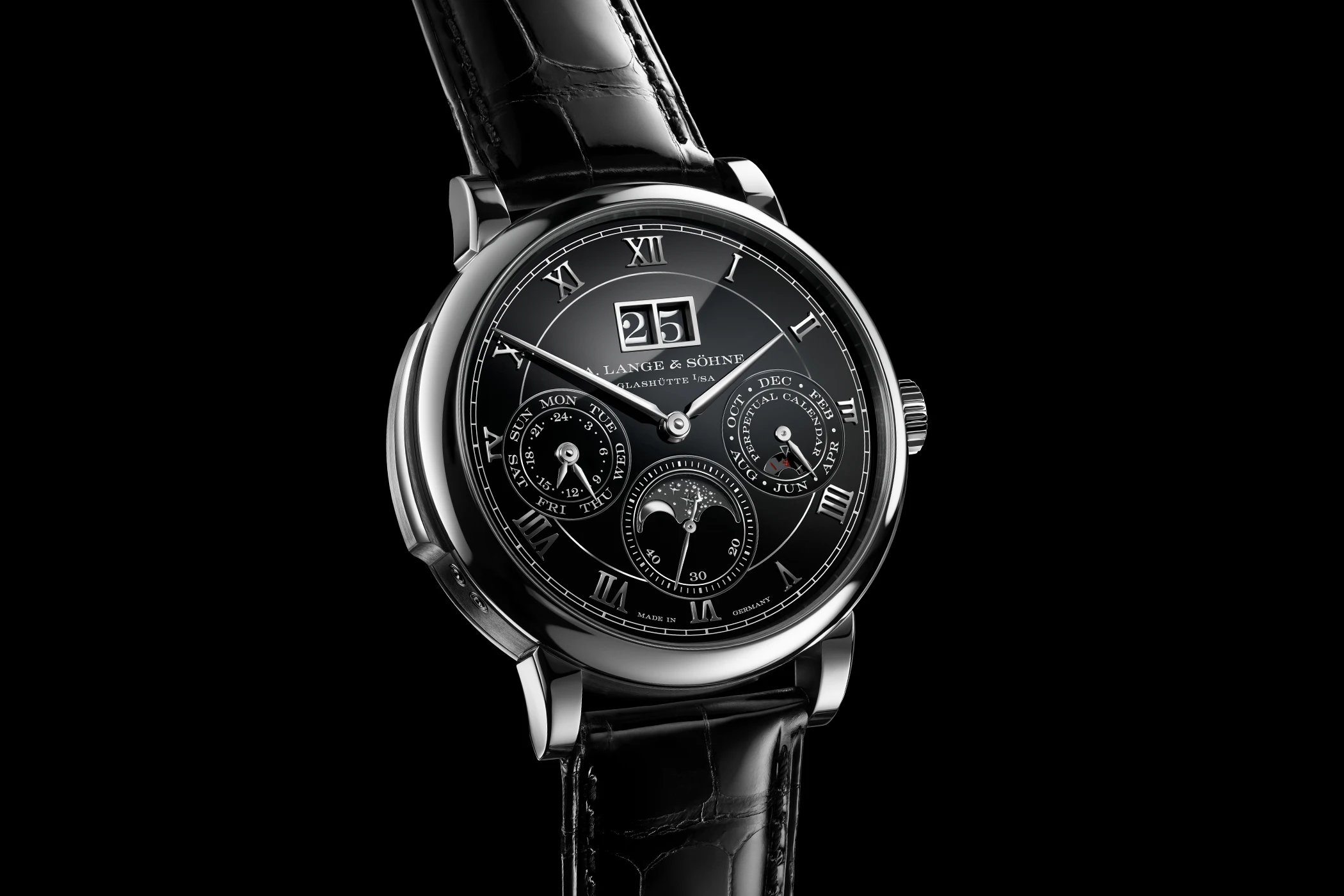
W&W 2025: A. Lange & Söhne Minute Repeater Perpetual – A Premiere
Since its reestablishment in 1994, A. Lange & Söhne has already developed and produced more than 70 different calibres in-house – but what has been missing so far is a movement exclusively with a perpetual calendar and a minute repeater. At Watches & Wonders 2025, the Glashütte watchmaker is now presenting the Minute Repeater Perpetual in platinum, a new movement dedicated exclusively to these two complications, in a limited edition of 50 pieces.
The 75th in-house calibre
A Lange & Söhne is not only a master of the finishing of its timepieces, but also an absolute specialist when it comes to complex movement mechanisms. All of the movements – and there are now 75 of them – are developed and manufactured in the Glashütte manufacture. The minute repeater and the perpetual calendar are among the supreme disciplines of fine watchmaking. There are already watches with either a minute repeater or a perpetual calendar in the A. Lange & Söhne range, and the Grand Complication also features both functions alongside a small and large strike and a rattrapante chronograph. However, the combination of minute repeater and perpetual calendar was new to Anthony de Haas, Director of Product Development at A. Lange & Söhne, and his team. There are only a handful of watch manufacturers that can even hope to meet this technical challenge. Jaeger-LeCoultre, Breguet, Vacheron Constantin and Patek Philippe have developed and built watches with both complications.
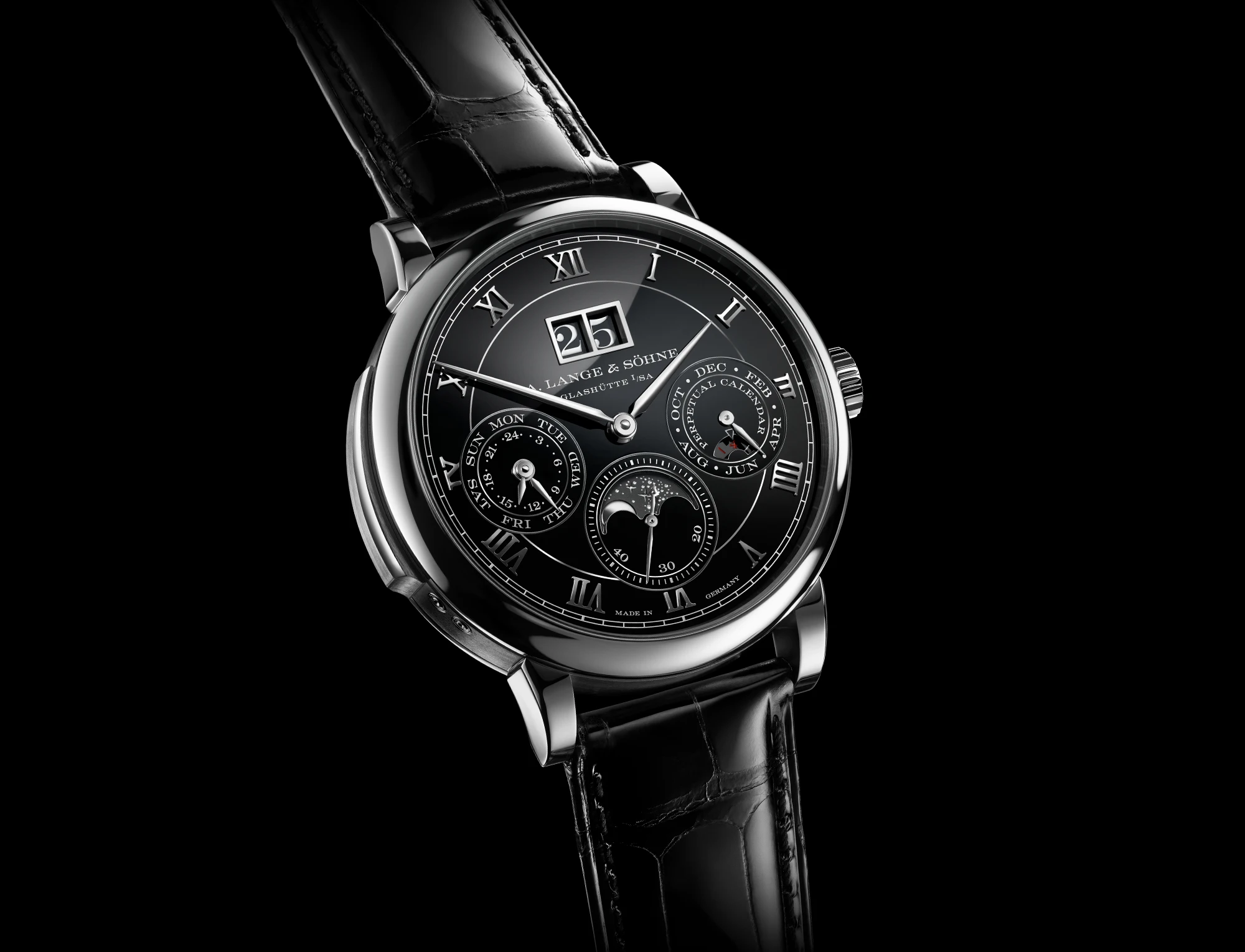
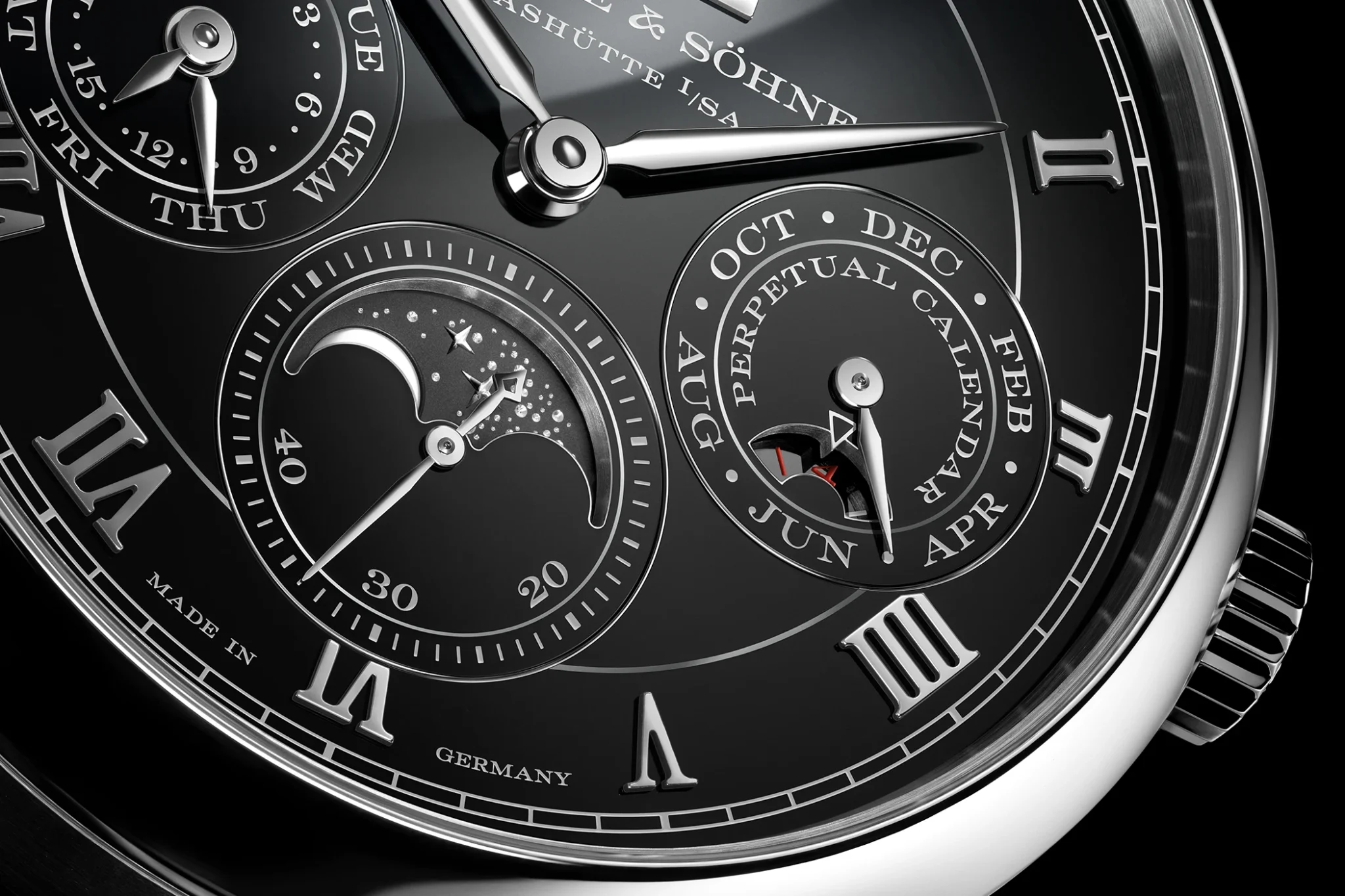

A new manufacture calibre with many refinements
The new manufacture calibre L122.2, made from 640 components, offers a number of refinements. First of all, when the slide is operated, the hours chime in a low tone, the quarter hours with a double tone and the minutes that have elapsed since the last quarter hour in a high tone, in the traditional manner. But the designers have integrated a so-called rest suspension so that there is no pause between the hours and minutes strikes should the number of minutes be less than 15 and thus the double strike for the quarters is absent.
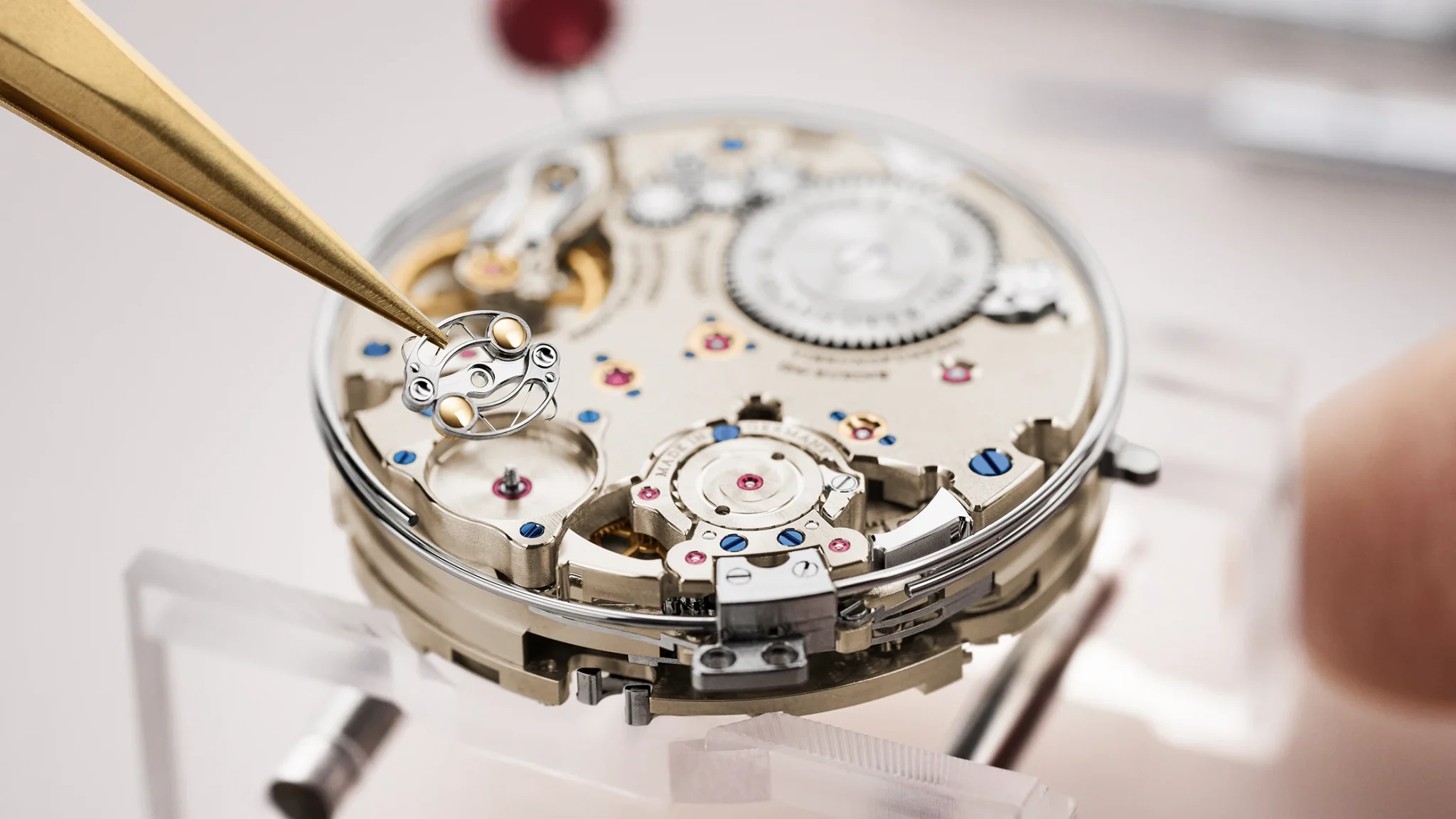
An integrated safety mechanism also ensures that the minute repeater cannot be activated when the crown is pulled out and thus could damage the striking mechanism. If the striking mechanism is currently active, the crown cannot be pulled out either. A. Lange & Söhne has also patented a hammer lock to prevent the hammers from continuing to oscillate after they have struck the gongs and thus unintentionally producing another tone. However, the patent is not new and was already used in the Richard Lange minute repeater. A governor that rotates at a speed of over 2,000 revolutions per minute when the striking mechanism is in operation ensures that the repetition runs more evenly.
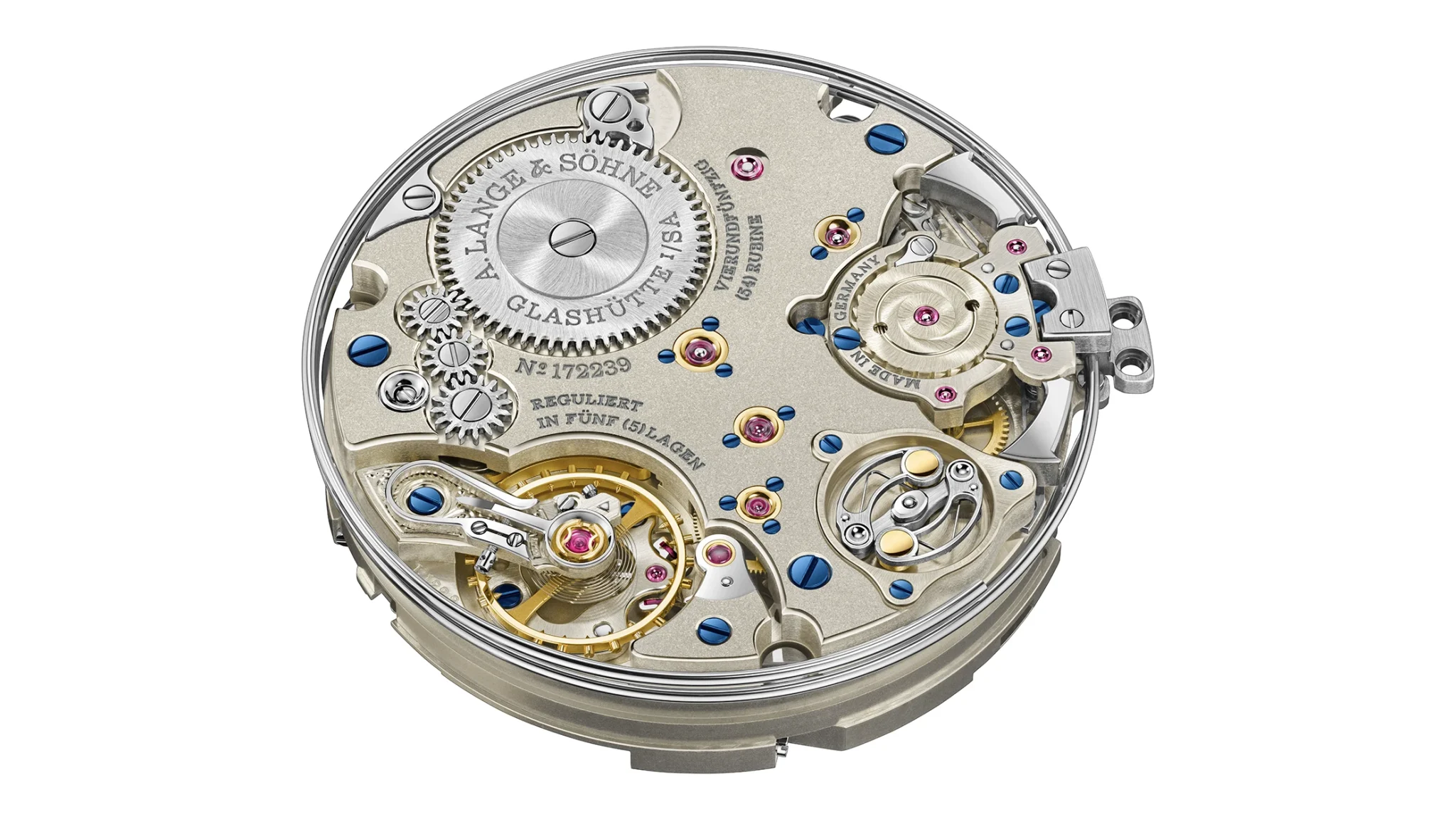
The minute repeater mechanism of the new Minute Repeater Perpetual consists of 194 parts, including racks, cams, levers and wheels, and is extremely complex. The gongs are tuned by hand to achieve the unique sound that is music to the ears of watch enthusiasts. Only specially trained master watchmakers at Lange with years of experience are able to adjust the striking mechanism, which is repeatedly disassembled, tested and reassembled. The displays of the perpetual calendar, which only needs to be corrected by one day on 1 March 2100, can be advanced together using a single corrector. According to de Haas, the development time for the new calibre was 4.5 years. By designing the movement from scratch, instead of building the two modules (perpetual calendar & minute repeater) on top of each other, Lange was able to save 2 mm in height. The height is therefore just 12.2 mm instead of 14.2 mm.

Finishes
But the complex mechanism must not only be perfectly choreographed: at A. Lange & Söhne it must also always offer the wearer added aesthetic value. The freely engraved balance cock with the swan-neck spring can be admired through the open sapphire crystal case back in a typical Lange fashion. The three-quarter plate – also a typical Lange feature – is made of untreated German silver and features black rhodium-plated engravings. The hand-bent gongs and the two gongs can also be admired. The tone hammers are even polished to a black finish, one of the most complex and elaborate hand finissages in watchmaking. With black polishing, light can only reflect in one direction – from this perspective, the surface appears deep black, but from all other angles it shines like a mirror. But even the non-visible components are carefully hand-finished by Lange.
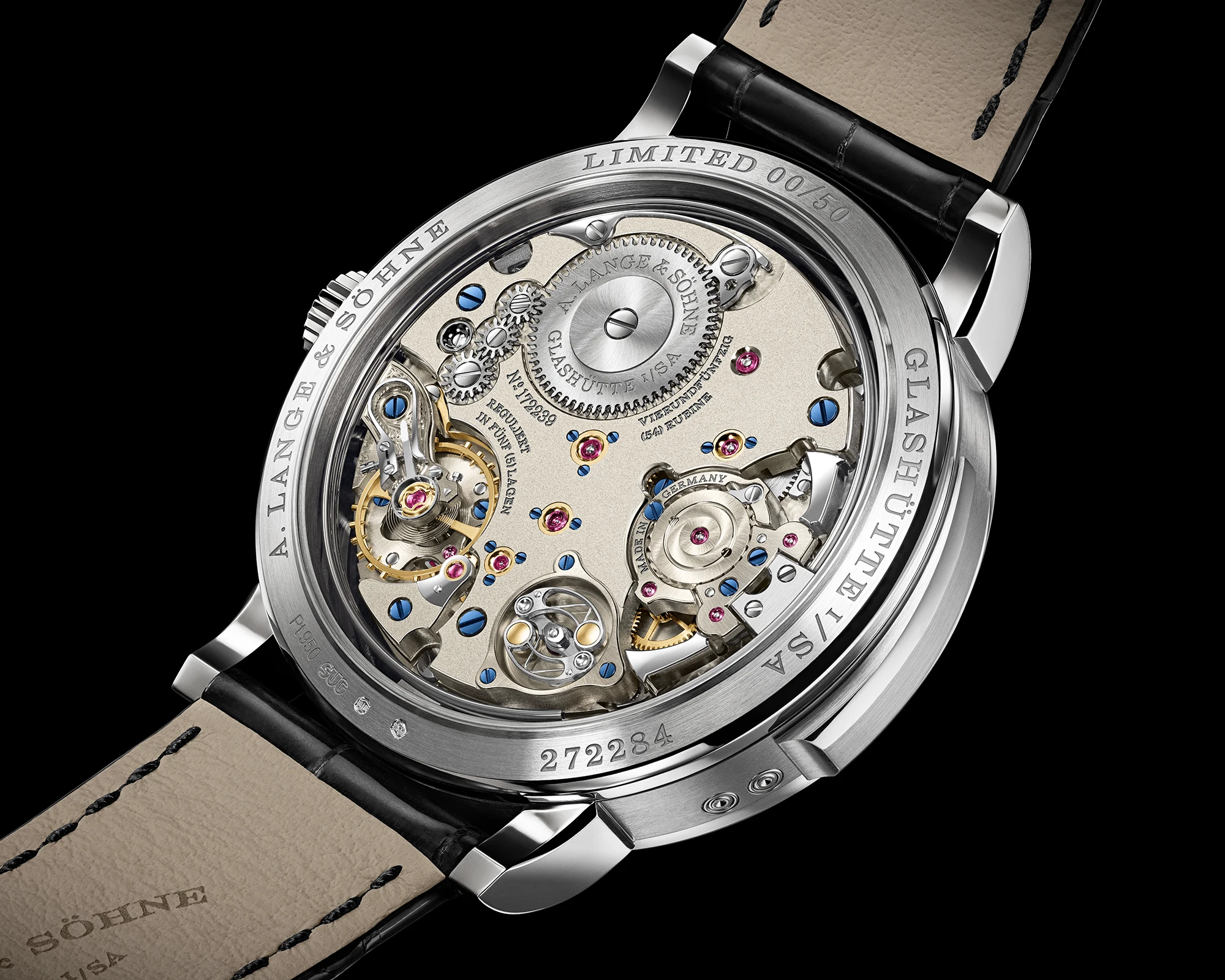
Dial in white gold and enamel
Lange has also come up with a few special refinements on the dial. The white gold dial is filled with black enamel, which is produced in-house at A. Lange & Söhne. The two moons of the moonphase display are made of 750 gold and are adorned with over 100 hand-engraved stars. Each subdial is framed by a slender white gold edging (lisene). On the main dial, this runs between the large date and the Roman appliqués.
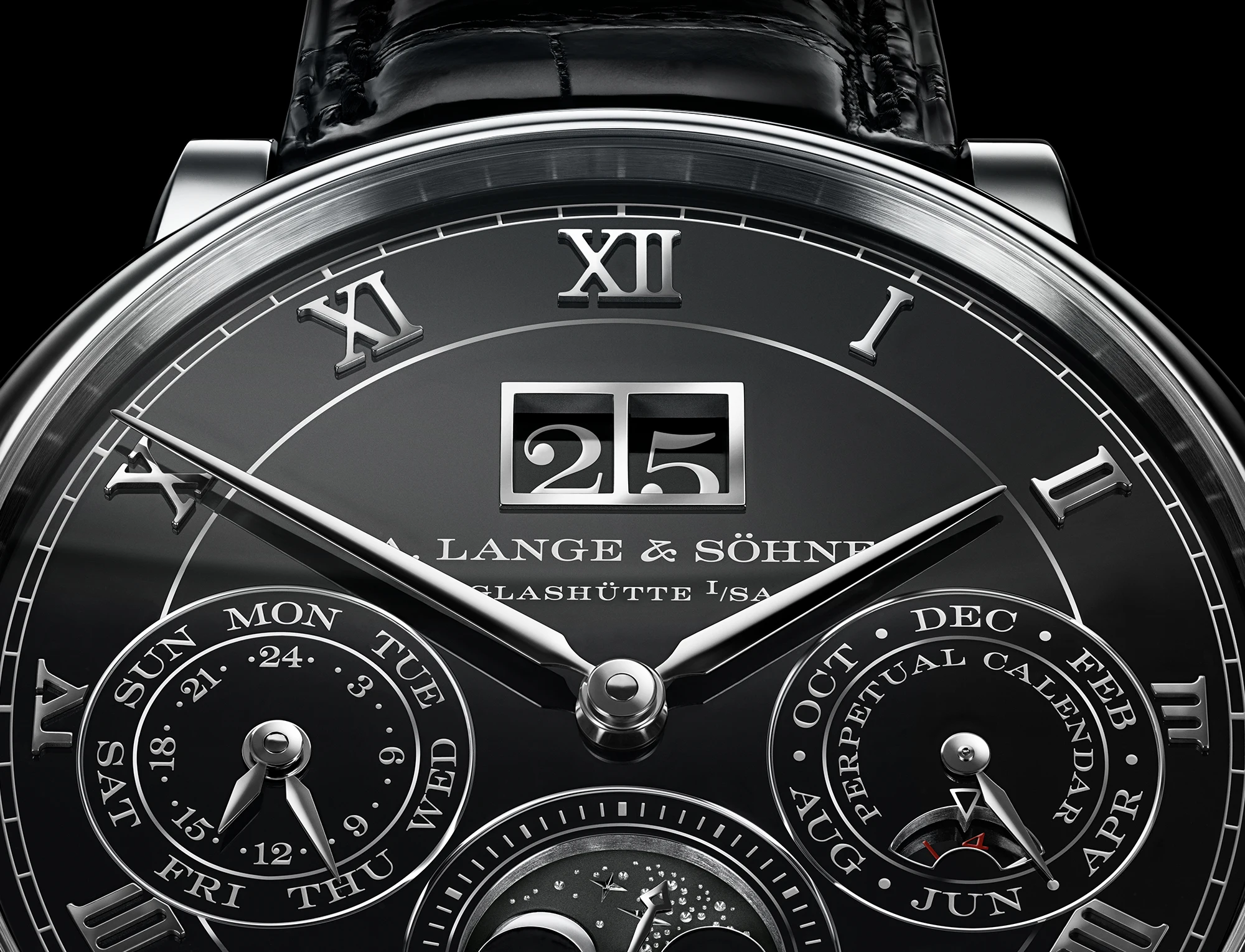
Lange watches have a very special appeal for me, because the view of the inside from the back of the case is often, if I may say so, even more exciting for me than the dial side. Lange movements have a unique architecture that gives them a very special depth, quite apart from the attention to detail that can be discovered in every corner. With the new Minute Repeater Perpetual, Lange has once again achieved this with flying colours. It is limited to 50 pieces and costs 750,000 euros.

